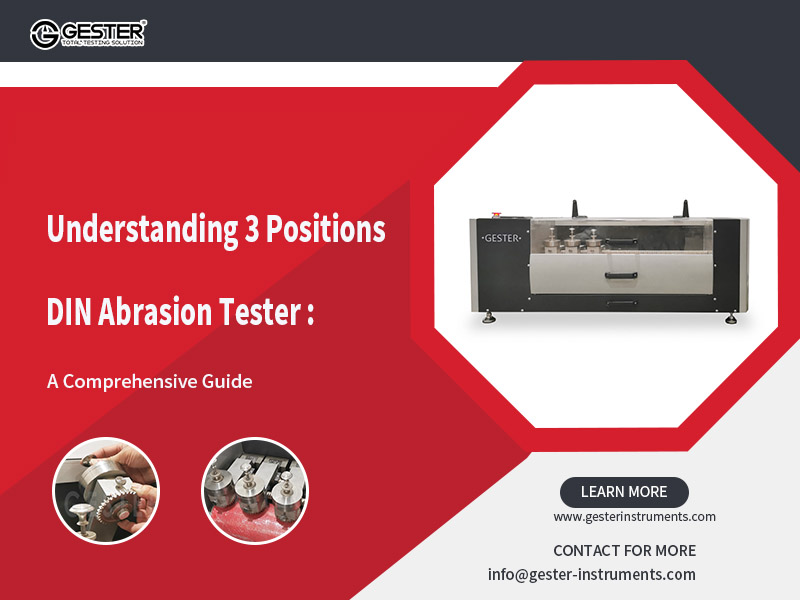
Under a predetermined contact pressure and a given area ,the specimen with sandpaper angled to measure abrasion resistance of the specimen subjected to rubbing on a certain level of sandpaper, sandpaper affixed to the surface of the drum, samples pressed on a drum with sandpaper, and the specimen along the roller to the lateral movement, abrasion resistance is produced at one end of the cylindrical specimen, tests the value of the mass loss of the specimen, by the density of the specimen to calculate the amount of volume abrasion.
1. Body paint baking processed, easy for maintenance;
2. Color touch-screen control, digital counting, automatically stop after test finished;
3. Equipped with vacuum suction port device,automatically clean dust during test.
This rubber abrasion testing machine is a high efficiency, good reproduction and easy to operate, applied to test the abrasive nature of material, as such elastic material, rubber, tires, convey belt, transmit belt, sole, syntheticleather, leather and others.
DIN-53516, JIS-K6369, JIS K6264-2,GB/T 20991 section 8.3,GB/T 20265, GB20266-2006, GB/T 9867,
EN ISO 20344-2020 section 8.4, AS/NZS 2210.2 section 8.3, ISO 4649, BS903-A9 Method A,
ASTM D5963, ISO20871, QB/T2884, SATRA TM 193, SATRA TM174, EN 12770
1. Pre-operation inspection: Make sure all parts of the testing machine are intact, and the din abrasion testing machine is clean and dry.
2. Selection of suitable accessories: according to the rubber abrasion testing machine, select the appropriate friction wheel, fixture and specimen.
3. Adjustment of parameters: Adjust the rotational speed of the friction wheel, load, test time and other parameters to simulate the required wear conditions.
4. Starting the test: Start the Rubber Abrasion Resistance Tester and begin the wear test. During the test, it is necessary to closely observe the wear of the specimen and record the relevant data in time.
5. End of test and clean up: After the test, switch off the power supply of the testing machine and clean up the test site.
In order to ensure the long-term stable operation and accuracy of DIN abrasion tester, it is necessary to carry out regular maintenance and repair. This includes cleaning the tester, checking and replacing worn parts, calibrating sensors, etc. In addition, the operator also needs to follow the requirements in the instruction manual for standardised operation to avoid equipment damage or testing errors caused by misuse.
Copyright © 2025 GESTER International Co.,Limited | All Rights Reserved
Hello, please leave your name and email here before chat online so that we won't miss your message and contact you smoothly.